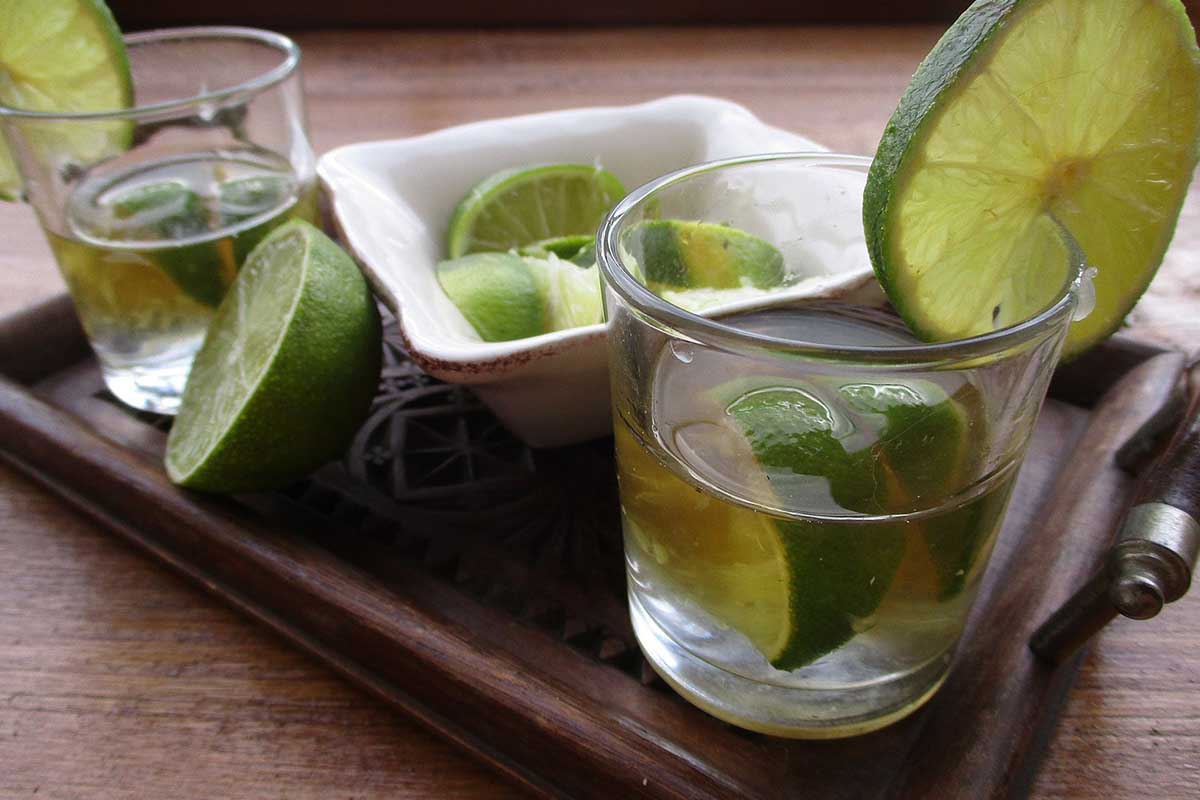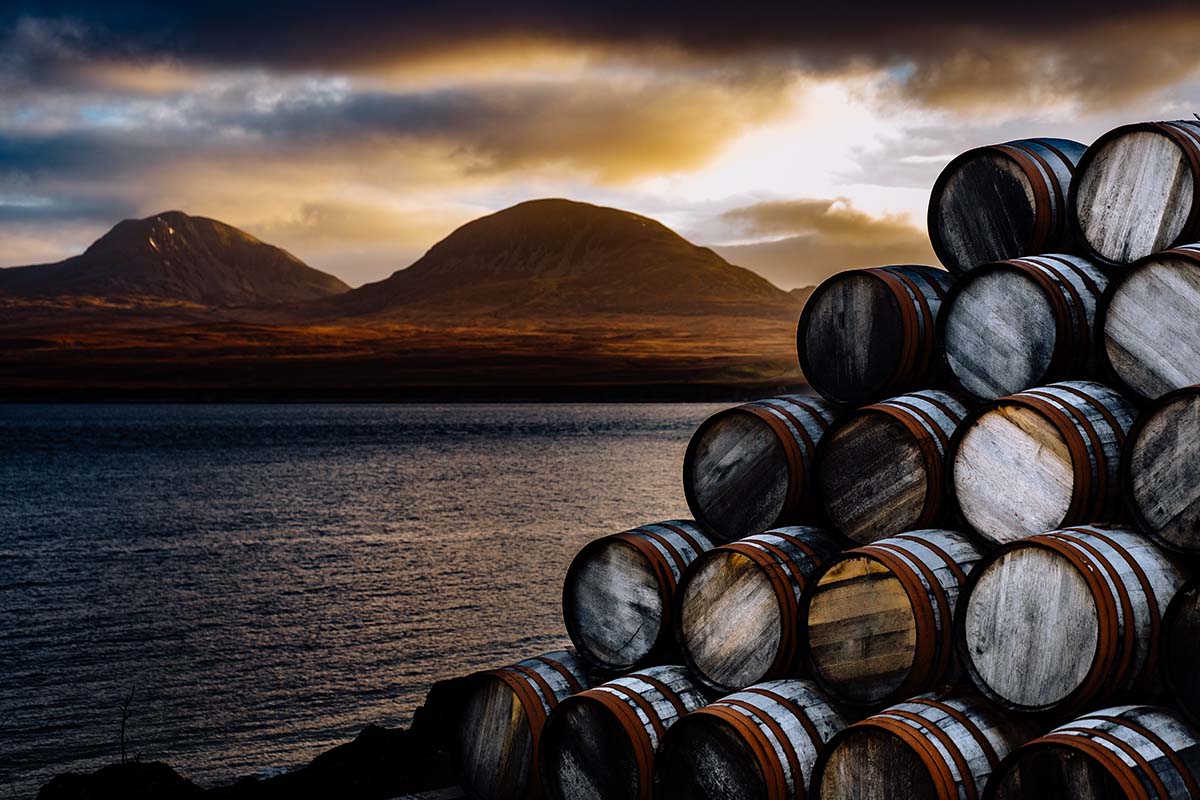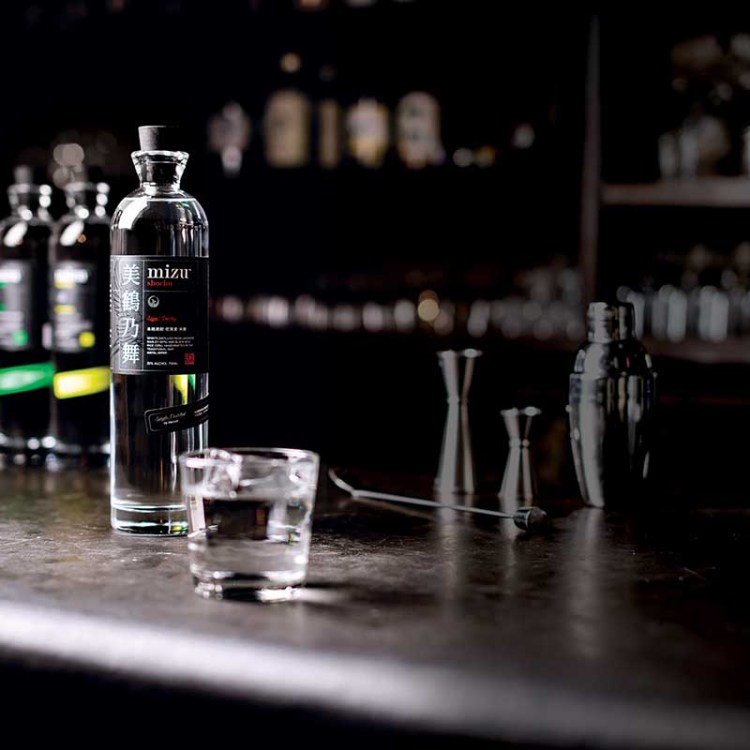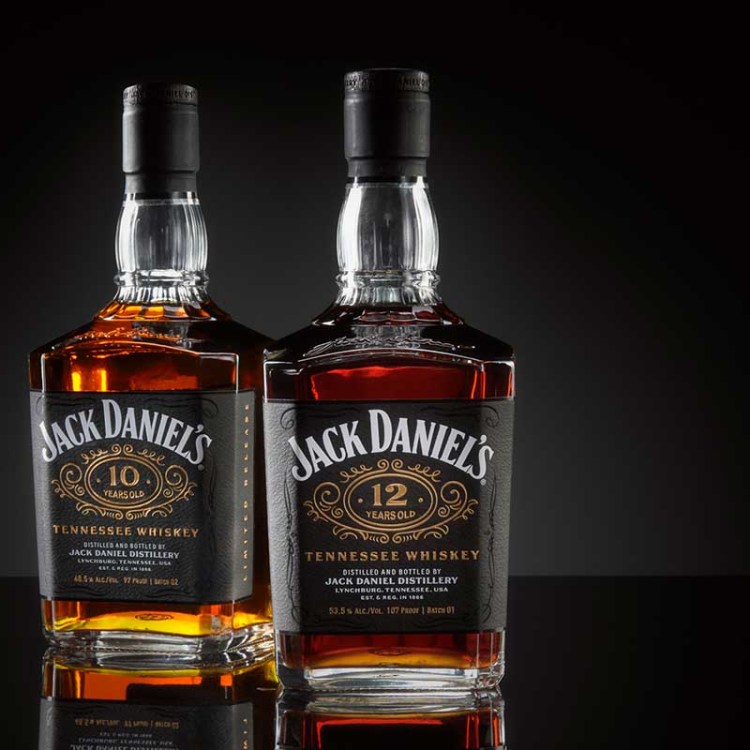During a Cognac tasting earlier this year I was given a surprise request.
Freeze the bottle.
We’ve heard all of our adult lives not to put any booze except vodka in your freezer — you’ll lose flavor, they say (vodka usually doesn’t have much to lose).
But when Vincent Chappe, the Ambassadeur Global de La Maison Bisquit & Dubouché, asked me to put a VSOP expression from the 203-year-old brand in the freezer the night before our Zoom talk, he didn’t seem too precious about it.
“There’s no taboo on how to enjoy Cognac,” Chappe told me. “Our VSOP is versatile — I enjoy it neat, on the rocks, in a classic cocktail, with ginger ale…I actually love pairing it, frozen, with smoked salmon. The salmon is quite fat, but you eat it with cold Cognac — it’ll warm up in your mouth, and you’ll get this large palate of sensation and flavor.” (Chappe says he “usually” serves Cognac like a wine, slightly chilled, but also loves it on the rocks in the summer).
Pasha Morshedi is the owner and sometimes bartender at Rosewater near Houston. Both at the cocktail bar and at home, he’s perfectly fine keeping booze on ice. “At home, I keep a bottle of Scotch, gin, tequila and vodka in the freezer, but only from May to October,” he says. “At the bar, we keep frozen bottles of whatever we may be using for iceless highballs and pouring pre-batched stirred cocktails directly into frozen glassware — things like martinis and all their cousins. But again, only in the warm weather months.”
So for Morshedi, the frozen bottles are about what’s going on outside (heat), but also about consistency.
“It’s to better manage the temperature of the drink as a guest drinks it,” he says. “And it’s to very precisely control the dilution of the drink. The goal is that every sip of an iceless highball has the exact same ratio of booze to water, but without ice we also want it to stay as cold as possible as long as possible.”
For their iceless highballs, the soda water will be at 34 degrees. Rosewater uses a ratio of three parts soda to one part booze; the iceless drink ends up starting out at about 10 degrees below freezing but warms up quickly. So it’s best not to linger when you drink these. “Refreshment dies when the temp of your drink rises,” Morshedi notes. (A frozen drink into a frozen glass will stay below freezing in an average room temperature setting for 15-20 minutes, according to the bar.)

John Glaser started Compass Box Whisky in 2000 as a way to bottle and release some very unusual and creative blended Scotches (he’s a multiple-time winner of Whisky Advocate’s Innovator of the Year award). He likes a few of his releases straight out of the freezer. “We freeze [the blended grain Scotch] Hedonism because it makes it such an approachable and delicious treat,” he says. “What freezing does is concentrate the vanilla flavors, mask the feeling of the alcohol and create a lovely, full mouthfeel. It practically glides down your throat. And everyone — whether they are a big whisky drinker or not — everyone loves it. We tend to serve Hedonism frozen as a celebratory shot or sipper, and with folks who may not necessarily be big whisky drinkers.”
It’s important to note that nobody is saying freezing alcohol doesn’t dilute the flavors. “You wouldn’t freeze whiskies if you wanted to evaluate them in fine detail or critically,” says Glaser. “However, the tradeoff in deliciousness is worth it.”
In the end, you’re basically losing some of the flavors and aromas that make your drink special, but freezing your booze is also creating something more refreshing, which is ideal in the summertime. Plus, the concept of numbing your mouth to reduce the sensation of alcohol isn’t a new concept in the cocktail world.
“Some folks hate the sensation of alcohol and they want their favorite shot to be frozen because even the burn of 60-proof snickerdoodle-flavored whiskey is too much,” Morshedi says. “And honestly that’s fine. The famous Duke’s Martini in London is operating on the same principle but for people who pretend they’re better than frozen candy whiskey. I love the Duke’s Martini, but it’s basically just a bucket of pure gin made palatable by being face numbingly cold.”
This article was featured in the InsideHook newsletter. Sign up now.





















